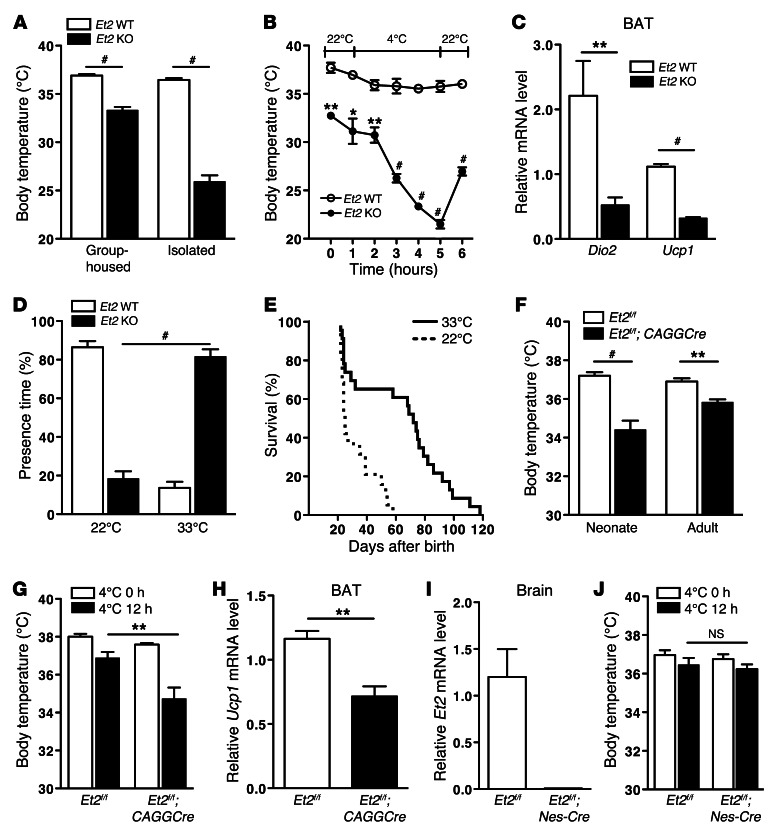Figure 5. Defective thermoregulation of Et2-null mice.
(A) Core body temperature of group-housed and isolated 3-week-old constitutive Et2-null mice (n = 10). (B) Core body temperature of 6-week-old “rescued” constitutive Et2-null and littermate WT mice in cold environment (n = 6). (C) qRT-PCR of Dio2 and Ucp1 mRNA levels in BAT from 6-week-old “rescued” constitutive Et2-null and littermate WT mice after 5 hours of cold exposure (n = 4). Values are presented as fold change relative to ET-2 expression in control WT mice. (D) Temperature choice test of 6-week-old “rescued” constitutive Et2-null and littermate WT mice (n = 14–21). (E) Survival ratio of constitutive Et2-null mice housed in warm (33°C) and ambient (22°C) environment from 3 weeks of age (n = 20–21). (F) Core body temperature of neonatal (2-week-old) and adult Et2f/f;CAGGCre-ERTM (6-week-old) mice, and littermate control Et2f/f mice at ambient temperature (n = 7–10). (G) Core body temperature of adult Et2f/f;CAGGCre-ERTM and control mice in a cold environment at 6 weeks of age (n = 10). (H) qRT-PCR of Ucp1 mRNA levels in BAT from adult Et2f/f;CAGGCre-ERTM and littermate control Et2f/f mice after 12 hours of cold exposure (n = 4). (I) qRT-PCR analysis demonstrating brain-specific deletion of Et2 by nestin promoter-driven Cre recombinase. (J) Core body temperature of Et2f/f;Nes-Cre and littermate control Et2f/f mice at 6 weeks of age (n = 5). *P < 0.05; **P < 0.01; #P < 0.001.

